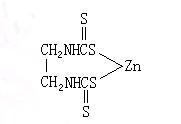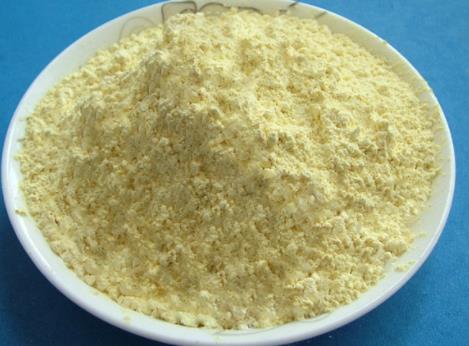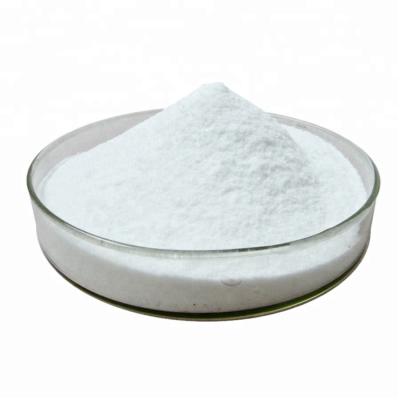Dithane z-78
Pure product is gray white or yellowish powder, decomposition at 157 ° C, no melting point. Vapor pressure < 0.01MPa(20℃). Water at room temperature has a solubility of 10mg/L and is insoluble in most organic solvents but soluble in pyridine. It is not stable to light, heat and moisture, and it is easy to decompose. It is also easy to decompose in case of alkaline substances or substances containing copper and mercury. The acute oral toxicity of rats was above 5200mg/kg. In ethylenediamine solution, carbon disulfide and sodium hydroxide were added dropwise, and then zinc sulfate (or zinc chloride) was added under the condition of pH 6.5 to produce the product. It has a foul smell of sulfide. It is insoluble in water and insoluble in most organic solvents. The water solubility of 10mg/L at room temperature is unstable under light, heat and humidity, and it is easy to decompose to produce carbon disulfide and gradually fails. Hygroscopic property is strong, can absorb moisture in moist air and decompose failure. Decomposition at 157 ° C without melting point. When a polymeric precipitate is formed from the concentrated solution, the bactericidal activity is lost.
Molecular formula: C4H6N2S4Zn
Molecular weight: 276.7802
CAS:12122-67-7

Physical property :
1. Properties: off-white powder, industrial products are light yellow powder, slightly rotten egg taste, strong moisture absorption.
2. Melting point (℃) : decomposition
3. Relative density (water =1) : 1.74 (20℃)
4. Octanol/water partition coefficient: 1.3
5. Solubility: insoluble in water, dissolved in carbon disulfide, pyridine, insoluble in most organic solvents.
Toxicity:
1. Acute toxicity
LD50: > 5200mg/kg (rat oral)
LC50:1850mg/m3 (rat inhalation)
2. No data on irritation
3. Long-term exposure to subacute and chronic toxicity may cause goiter.
4. Mutagenic microorganism mutagenesis: 1000ppm of bacillus subtilis. Sister chromatid exchange: human lymphocytes 10mg/L. DNA inhibition: human lymphocytes 10mg/L. Cytogenetic analysis: human inhalation of 500μg/m3 (7h, 3a) (intermittent). Micronucleus test: human lymphocytes 25mg/L (72h).
(5) Teratogenic rats were orally administered with a minimum toxic dose (TDLo) of 4G /kg at 13 days after pregnancy, resulting in developmental malformations of craniofacial (including nose and tongue), musculoskeletal system, eyes and ears. The lowest toxic dose (TDLo) of 28g/kg was administered orally to the rats from 6 to 19 days after pregnancy, resulting in developmental malformations of the central nervous system and musculoskeletal system.
6. Carcinogenic IARC carcinogenicity Review: G3, insufficient evidence for carcinogenicity in humans and animals.
7. The lowest oral toxic dose (TDLo) of other rats was 4g/kg (13 days after pregnancy), which had effects on the central nervous system, musculoskeletal system and craniofacial development of fetal rats.
Usage:
(1) prevention and control of potato blight early and late blight, tomato early blight, late blight, spot blight, leaf mildew and anthracnose, mould, eggplant continous disease, brown lines, Chinese cabbage, radish, cabbage downy mildew, black rot, leukoderma, soft rot, black rot, melons anthracnose, downy mildew, epidemic disease, stem blight, wax gourd sponge plague, Bean anthracnose, brown spot, rust, fire disease, etc., with 65% Daisen zinc wettable powder 500-700 times liquid spray. The frequency of spraying depends on the onset of the disease. Generally, the first spraying is started before or at the early stage of the disease, and then it is sprayed once every 7 to 10 days, rapid spraying 2-3 times.
(2) prevention and control of vegetable seedling diseases.
(3) Prevention and treatment of cabbage downy mildew, vegetable seedling disease, available 0.3-0.4% of the seed weight for seed dressing
Submitted successfully
We will contact you as soon as possible




